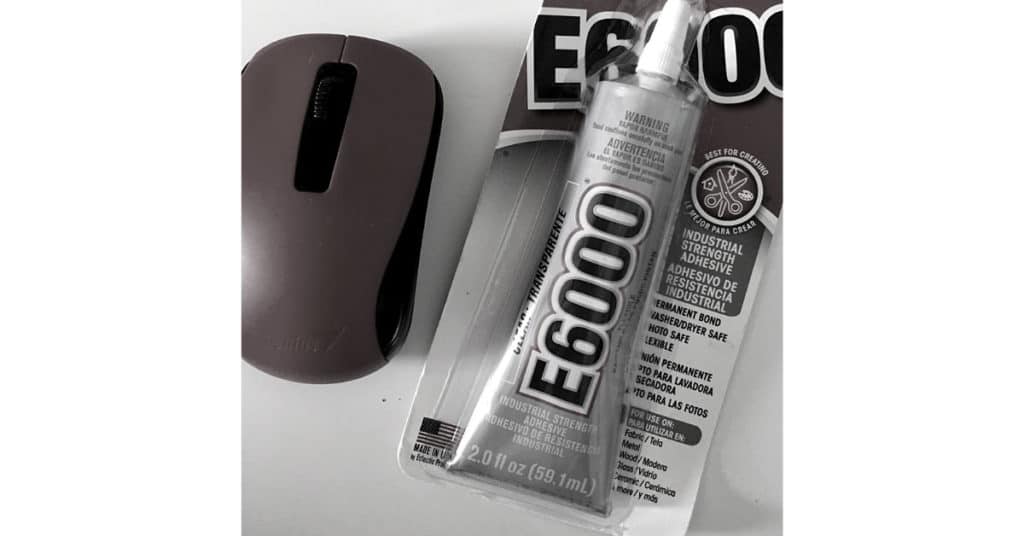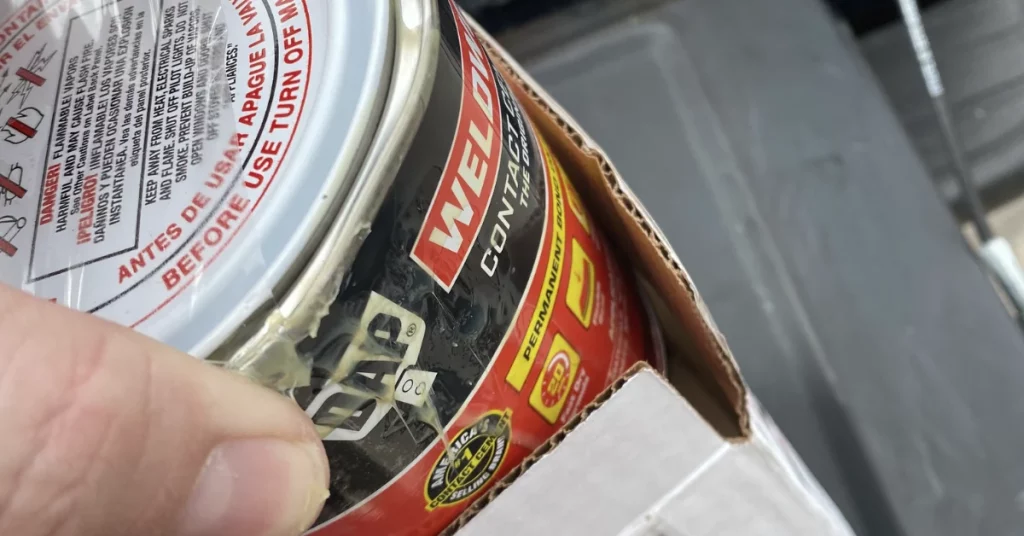E6000 and contact cement are two different types of adhesive. When it’s about E6000 Vs contact cement, you must know that both are equally good in their field.
The main difference is the drying time and toxicity level. E6000 doesn’t include any toxicity or odor. It dries faster than contact cement. On the other hand, contact cement is more flexible enough than E6000.
To know more about it, let’s dive right into the details.
Read More: E6000 Vs. Super Glue
Read More: Contact Cement vs. Rubber Cement
E6000 Vs. Contact Cement
About E6000

E6000 is a polyurethane glue. It is a high-grade adhesive that is suitable for many types of surfaces. It doesn’t include any odor. So, it is easy for you to work with it if you have a problem with toxic odor. With the fast drying process and best quality bonding, E6000 becomes one of the best for several repairs.
It only needs 5-7 minutes to set in place completely. However, it depends on the atmosphere and temperature of the area. E6000 can adhere to pretty much anything.
About Contact Cement

Contact cement is an adhesive made of polychloroprene. It is mainly natural rubber. So, it is highly flexible. It can bond multiple materials like plastics, rubbers, fabrics, laminates, and non-porous materials. Besides, it gives an instant and permanent bond if two coats are applied and dried correctly. Contact cement is a flexible acrylic adhesive. It is also ideal as a shoe glue.
Read More: E6000 Vs. Loctite
Comparison Between E6000 And Contact Cement
When it is about the comparison between E6000 and contact cement, there is much information to offer. Let’s check out the details for a better understanding.
Compatible Materials
Contact cement is compatible with many materials like metal, rubber, wood, leather, Formica, plastics, tile, and more. It also works excellently as a shoe glue. On the other hand, E6000 is suitable for sticking fabric to metal, plastic to wood, wood to glass, and more.
Drying Time
The E6000 is suitable for surfaces when it leaves to dry for about 5 minutes to get the outcome. On the contrary, contact cement needs 15-30 minutes to dry properly. The drying time depends on the humidity and temperature of that area.
Toxicity
E6000 doesn’t have much toxicity or harmful odor. But it works effectively and gives a strong bond on the surfaces like any other strong adhesive. On the other hand, contact cement is best used if it’s flammable. It works better than any other non-flammable ones.
To know more about the E6000, you can check out the E6000 vs. B7000 comparison. These are all you need to understand glues like E6000 better.
Frequently Asked Questions
1. What should you not use E6000 on?
2. What is the strongest contact adhesive?
3. What is e600 adhesive used for?
4. What does contact cement not stick to?
Read More: How Does Contact Cement Work?
Last Opinion
Now that you know about E6000 and contact cement, you can choose what you like. If you want a non-toxic solution for your project, then go for E6000. It doesn’t include any odor or toxic fumes. You can use it to stick anything to anything.
However, contact cement is a good option for rubber, leather, and Formica. Also, E6000 dries faster than contact cement. Choose the ideal one after properly observing E6000 Vs. Contact cement comparison.
Hopefully, you will get the best results for your job.

